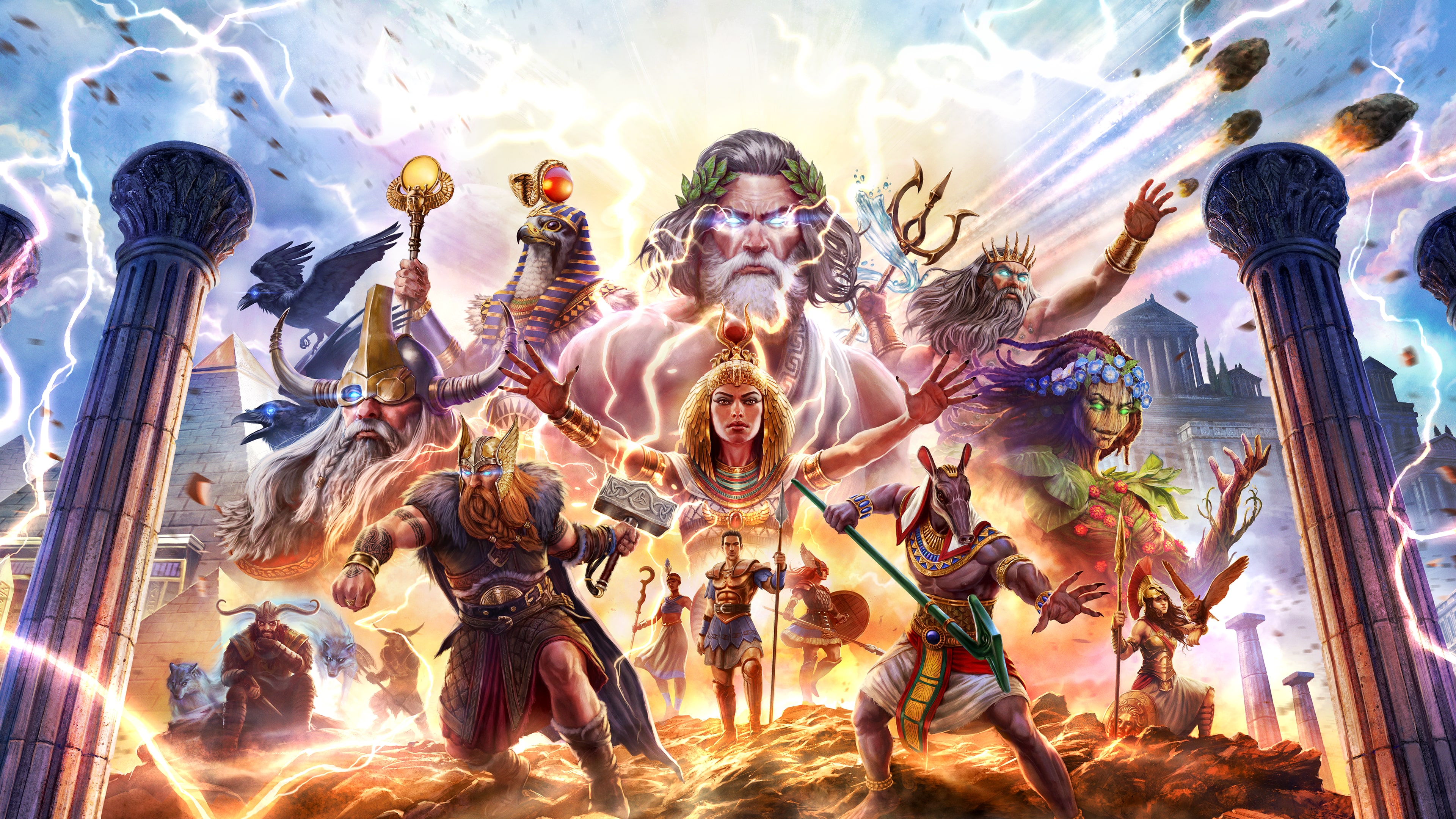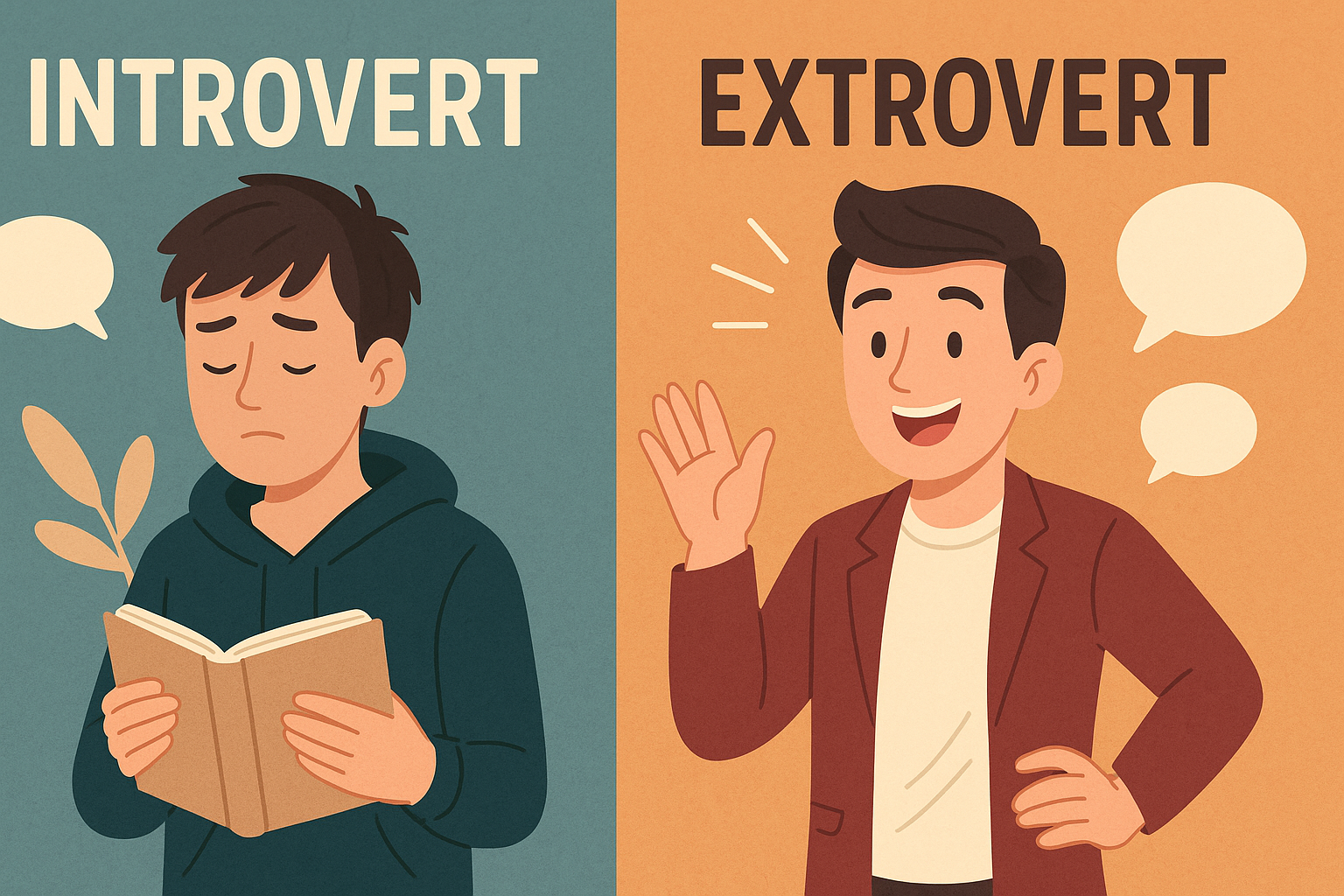
Mythology serves as a cultural mirror, reflecting the values, fears, aspirations, and understanding of the people who created and preserved these stories. Far from being mere primitive superstitions or simple entertainment, myths function as sophisticated symbolic systems that encode complex ideas about human psychology, social structures, natural phenomena, and the mysteries that lie beyond immediate comprehension.
The study of comparative mythology reveals both striking commonalities and fascinating differences in how various cultures have interpreted existence, offering unique windows into the human experience across time and geography. From creation narratives to apocalyptic visions, from hero’s journeys to trickster tales, myths provide rich insight into our ancestors’ worldviews while continuing to resonate with contemporary audiences through literature, art, psychology, and popular culture.
The Universal Functions of Myth

Mythology serves multiple functions within societies, as identified by scholars like Joseph Campbell, Mircea Eliade, and Claude Lévi-Strauss:
Cosmological Function
Perhaps the most obvious role of mythology is to explain origins—of the universe, earth, humanity, death, and significant features of the natural world. These cosmological myths help societies answer fundamental questions:
- Creation myths explain how the world came into being, whether through divine decree (as in Abrahamic traditions), from chaos or void (Greek, Norse, Chinese), from cosmic eggs (Hindu, Finnish, Japanese), or through the sacrifice of primordial beings (Mesopotamian, Aztec).
- Natural phenomena from volcanoes to constellations, from seasonal changes to animal characteristics, are given meaning and purpose through mythological explanations. The Greek myth of Persephone explains seasonal change, while Japanese mythology attributes earthquakes to the movements of a giant catfish.
- Human origins are addressed through diverse narratives: humans shaped from clay (Mesopotamian, Biblical), born from the land itself (Indigenous Australian, Greek), descended from divine beings (Hindu, Norse), or emerging from underground realms (various Native American traditions).
Sociological Function
Myths validate social structures, rituals, and moral codes by providing them with cosmic significance:
- Social hierarchies are often justified through mythology, from divine-right kingship (Egyptian pharaohs as living Horus) to caste systems (the Purusha Sukta in Hindu tradition).
- Rituals and celebrations gain meaning through their connection to mythological events, whether commemorating divine actions (Passover, Diwali) or reenacting cosmic dramas (Mesopotamian New Year ceremonies, Indigenous agricultural rites).
- Moral boundaries are established through tales of divine punishment for transgression (the Greek Titanomachy, Biblical flood narratives) and rewards for virtue (Elysian Fields, Valhalla).
Psychological Function
Myths provide psychological guidance for navigating life’s challenges and transitions:
- Rites of passage from childhood to adulthood, from single to married life, from life to death, are often encoded in mythology through symbolic transformations and journeys.
- Internal conflicts between different aspects of human nature—desire versus duty, individual versus community, conscious versus unconscious—are externalized through divine conflicts and heroic choices.
- Universal human experiences such as love, grief, jealousy, ambition, and fear find expression through the adventures and misfortunes of gods and heroes, offering emotional catharsis and models for processing complex feelings.
Mystical Function
Myths open contemplative doors to transcendent realities beyond ordinary experience:
- Divine realities beyond human comprehension are approached through symbolic language and narrative, making the ineffable somewhat accessible.
- Mystical experiences of unity with nature, cosmos, or divinity are encoded in visionary journeys, divine encounters, and transformation stories.
- The relationship between time and eternity is explored through cyclical cosmologies, parallel realms, and narratives that move between mortal and immortal perspectives.
Major World Mythological Traditions
While each culture has developed its unique mythological system, several traditions have been particularly influential due to their complexity, preservation, or cultural impact:
Mesopotamian Mythology
Among the world’s oldest recorded mythological systems, Mesopotamian myths emerged from the Sumerian, Akkadian, Babylonian, and Assyrian civilizations (approximately 4000-500 BCE):
- The Epic of Gilgamesh, perhaps humanity’s oldest written story, explores themes of friendship, mortality, and the quest for immortality through the adventures of the semi-divine king Gilgamesh.
- Creation is portrayed in the Enuma Elish as a cosmic battle, with the god Marduk slaying the primordial goddess Tiamat and using her body to create the world—establishing order from chaos.
- Divine hierarchies reflected the complex political structures of city-states, with gods associated with specific cities and natural forces, while often displaying very human traits and conflicts.
Egyptian Mythology
Developing along the Nile for over three millennia (approximately 3100-30 BCE), Egyptian mythology focused intensely on death, rebirth, and cosmic order:
- The Osiris myth cycle established patterns of death and resurrection that would influence later religious traditions. Osiris, murdered by his brother Set, is restored to life by his wife Isis and becomes lord of the afterlife.
- Solar mythology centered on Ra (or Re), whose daily journey across the sky in his solar barque, followed by his nightly passage through the underworld, symbolized the cycle of life, death, and rebirth.
- The concept of Ma’at (truth, balance, and order) permeated Egyptian thought, with mythology establishing how divine and royal powers maintained cosmic harmony against the forces of chaos (isfet).
Greek Mythology
Perhaps the most widely known mythological system in the Western world, Greek mythology (approximately 900 BCE-600 CE) presents a complex pantheon of anthropomorphic gods:
- Olympian gods headed by Zeus embody natural forces and human concerns alike—Aphrodite (love), Apollo (reason and arts), Ares (war), Athena (wisdom), among others—while displaying very human flaws and desires.
- Heroic cycles like the Twelve Labors of Heracles, the voyages of Odysseus, and the Argonaut expedition establish archetypal patterns of the hero’s journey that continue to influence storytelling.
- Tragic themes of hubris and fate pervade Greek mythology, from Prometheus’ punishment for giving fire to humans to Oedipus unwittingly fulfilling the prophecy that he would kill his father and marry his mother.
Roman Mythology
Building upon Greek foundations but incorporating distinctly Roman elements, this tradition (approximately 753 BCE-476 CE) emphasized practical virtues and state religion:
- Roman adaptations transformed Greek deities (Zeus becoming Jupiter, Hera becoming Juno, etc.) while incorporating Etruscan and other Italian elements.
- Founding myths like the story of Romulus and Remus or Aeneas’s journey from Troy established Rome’s divine destiny and exceptional character.
- Civic religion was central, with mythology supporting Roman identity, expansion, and governance through stories connecting Roman traditions to cosmic order.
Norse Mythology
Preserved primarily in medieval Icelandic texts but reflecting much older Germanic traditions (approximately 800-1300 CE), Norse mythology presents a harsh, fatalistic worldview:
- The Aesir gods led by Odin, including Thor, Freya, and Loki, engage in constant struggle against giants and monsters, knowing they will ultimately fall in the apocalyptic battle of Ragnarök.
- Cosmic structure centered on the World Tree Yggdrasil connecting nine realms, including Asgard (home of the gods), Midgard (the human world), and Hel (underworld).
- Heroic values of courage, loyalty, and strength in the face of inevitable defeat reflect the challenging North European environment and warrior culture that produced these myths.
Hindu Mythology
One of the world’s oldest continuous mythological traditions (approximately 1500 BCE to present), Hindu mythology encompasses vast cycles of time and multiple levels of reality:
- The Trimurti of Brahma (creator), Vishnu (preserver), and Shiva (destroyer) represents the cosmic cycles of creation, maintenance, and dissolution that occur across vast epochs (yugas).
- Divine incarnations, particularly Vishnu’s avatars like Rama and Krishna, intervene in worldly affairs to restore dharma (cosmic order and duty) when it falters.
- Epic narratives like the Mahabharata (containing the philosophical Bhagavad Gita) and the Ramayana explore complex moral dilemmas and spiritual teachings through dramatic stories of divine and human interaction.
Chinese Mythology
Blending historical and legendary elements with philosophical concepts (approximately 2000 BCE to present), Chinese mythology emphasizes harmony between heaven, earth, and humanity:
- Creation and cosmic order are described through figures like Pangu, who separated heaven and earth, and Nüwa, who created humans and repaired the sky.
- The concept of balance between opposing but complementary forces (yin and yang) pervades Chinese mythological thinking.
- Imperial legitimacy was reinforced through myths connecting emperors to the Mandate of Heaven and legendary sage-kings like Yao, Shun, and Yu who tamed floods and established civilization.
Indigenous American Mythologies
The diverse cultures of North, Central, and South America developed rich mythological traditions that vary widely but share certain patterns:
- Mesoamerican traditions (Maya, Aztec, etc.) featured complex calendar systems, cyclical time concepts, and myths of world ages ending in catastrophe and renewal.
- North American Indigenous myths often feature trickster figures like Coyote or Raven who bring cultural elements to humanity while demonstrating both creativity and folly.
- South American traditions include complex cosmologies like those of the Inca, connecting mountain worship, ancestral veneration, and astronomical observation.
African Mythologies
The thousands of distinct cultural traditions across Africa have produced diverse mythological systems sharing certain elements:
- Creator deities often remain distant after creation, with daily religious practice focusing more on ancestor spirits and nature forces.
- Trickster figures like Anansi the Spider (West Africa) mediate between divine and human realms while teaching moral lessons through their adventures.
- Community values are reinforced through myths emphasizing social harmony, respect for elders, and proper relationships with natural and spiritual forces.
Pacific Mythologies
From Polynesia to Australia, Pacific cultures developed sophisticated mythologies often emphasizing navigation, islands, and ocean forces:
- Polynesian creation myths often begin with primordial darkness (Po) from which creator deities emerge to separate earth and sky.
- Australian Aboriginal Dreamtime stories explain how ancestral beings shaped the landscape and established social laws during the creation period.
- Navigation mythology throughout Oceania connects star patterns, migration histories, and divine guidance across vast ocean expanses.
Recurring Mythological Themes and Archetypes
Across these diverse traditions, certain patterns and character types appear with remarkable consistency:
The Hero’s Journey
Identified and popularized by Joseph Campbell, this pattern appears in myths worldwide:
- The Call to Adventure: The hero receives a summons to depart from ordinary life
- Supernatural Aid: Magical assistance appears
- Crossing the Threshold: The hero enters the unknown
- Trials and Helpers: Obstacles must be overcome, often with assistance
- The Abyss/Supreme Ordeal: A central crisis or death-rebirth experience
- Transformation: The hero is changed by the experience
- Return with the Elixir: The hero brings wisdom or benefits back to society
Examples include Gilgamesh, Odysseus, the Buddha, and countless folktale protagonists.
The Divine Child
Born under unusual circumstances and often threatened in infancy, divine or semi-divine children represent new possibilities and transformation:
- Zeus hidden from his father Cronos
- Krishna escaping King Kamsa
- Moses in the bulrushes
- The infant Jesus threatened by Herod
The Cosmic Tree
Connecting different realms of existence, world trees appear across cultures:
- Yggdrasil in Norse mythology
- The Tree of Life in various Middle Eastern traditions
- The Ceiba tree in Maya cosmology
- The Ashvattha (sacred fig) in Hindu tradition
The Great Flood
Catastrophic flood narratives appear with remarkable frequency across cultures:
- The Biblical story of Noah
- The Mesopotamian flood in the Epic of Gilgamesh
- Greek traditions of Deucalion and Pyrrha
- Indigenous American flood stories from the Hopi to the Maya
- Chinese accounts of the Great Yu taming the waters
The Dying and Rising God
Deities who die and return to life, often connected to agricultural cycles:
- Osiris in Egyptian mythology
- Persephone’s annual return from the underworld in Greek tradition
- Baal in Canaanite mythology
- Tammuz/Dumuzid in Mesopotamian tradition
The Divine Twins
Paired deities or heroes representing duality and complementary forces:
- Romulus and Remus in Roman tradition
- Apollo and Artemis in Greek mythology
- The Ashvins in Vedic tradition
- Hunahpu and Xbalanque in Maya mythology
The Trickster
Ambivalent figures who disrupt order while often bringing cultural benefits:
- Prometheus stealing fire in Greek mythology
- Loki in Norse tradition
- Coyote in many Native American mythologies
- Anansi in West African stories
- Maui in Polynesian tales
Mythology in the Modern World
Far from being relegated to ancient history, mythology continues to exert profound influence on contemporary culture:
Psychological Interpretation
The 20th century saw revolutionary approaches to mythology as psychological symbolism:
- Sigmund Freud interpreted myths as expressions of repressed desires, with stories like Oedipus revealing universal psychological complexes.
- Carl Jung proposed that myths express collective unconscious archetypes—universal psychological patterns shared across humanity regardless of culture.
- James Hillman’s archetypal psychology treats mythic figures as fundamental patterns of psychic experience that continue to shape human perception and behavior.
Literary and Artistic Influence
Mythology provides endless inspiration for contemporary creative expression:
- Modern literature frequently draws on mythological structures and themes, from James Joyce’s “Ulysses” to Neil Gaiman’s “American Gods.”
- Visual arts continue to reimagine mythological scenes and figures, updating ancient symbols for contemporary audiences.
- Film and television regularly adapt mythology directly or incorporate mythic patterns into new narratives, from explicit retellings like “O Brother, Where Art Thou?” (based on the Odyssey) to superhero narratives that follow heroic journey patterns.
Popular Culture
Mythology has been democratized through mass media:
- Video games frequently build worlds based on mythological systems or incorporate mythic figures and quests.
- Fantasy literature and media create new mythologies that often synthesize elements from multiple traditional sources.
- Comic book superheroes function as a modern pantheon, with figures like Superman, Wonder Woman, and Thor explicitly drawing on mythological precedents.
New Religious Movements
Some contemporary spiritual practices actively reinterpret ancient myths:
- Neopaganism revives and reinterprets pre-Christian European mythological systems for modern spiritual practice.
- Goddess spirituality draws on female divine figures from various mythological traditions.
- Syncretic traditions combine mythological elements from multiple sources into new spiritual frameworks.
The Continuing Relevance of Mythological Thinking
In an age of scientific explanation and technological advancement, why do myths retain their power? Several factors contribute to mythology’s enduring relevance:
Symbolic Communication
Myths communicate through symbols and narratives that address emotional and existential realities direct language cannot easily capture. The symbolic approach of mythology complements rather than contradicts analytical thinking, addressing different dimensions of human experience.
Cultural Identity
Mythological traditions provide roots and continuity for cultural identity, connecting contemporary people to their heritage while adapting to changing circumstances. Myths evolve while maintaining recognizable cores, allowing for both preservation and renewal of cultural values.
Moral Complexity
Unlike simplified ethical systems, mythology presents moral complexity that reflects real-life ethical challenges. Mythic narratives rarely offer simple answers, instead portraying difficult choices, ambiguous outcomes, and the interplay of conflicting values—preparing people for the actual moral complexity they face.
Narrative Psychology
Humans naturally organize experience through narrative. Mythology provides archetypal story patterns that help people make sense of their lives by connecting personal experiences to universal human patterns. The hero’s journey, for instance, offers a framework for understanding personal transformation across widely different circumstances.
Addressing Ultimate Questions
Despite scientific advancement, fundamental questions about meaning, purpose, death, and transcendence remain. Mythology continues to offer symbolic approaches to these ultimate concerns that complement scientific understanding rather than competing with it.
Conclusion: The Living Legacy of Myth
Mythology represents one of humanity’s most profound and enduring cultural achievements—a universal language that transcends time and place while adapting to each culture’s specific circumstances. These ancient stories continue to speak to contemporary hearts and minds because they address perennial aspects of human experience: our search for meaning, our struggle with mortality, our desire for connection to something larger than ourselves.
Far from being mere superstition or primitive science, mythology represents sophisticated symbolic systems for exploring realities that literal language struggles to capture. As we navigate an increasingly complex and rapidly changing world, the timeless wisdom embedded in mythological traditions offers valuable perspectives that complement scientific understanding and technological advancement.
The study of comparative mythology reveals both our shared humanity across cultural boundaries and the beautiful diversity of human imagination across time and space. Through these ancient stories, we discover not just who our ancestors were, but who we continue to be—creatures who make meaning through narrative, who seek patterns in chaos, and who use symbolic language to reach toward the mysteries that lie beyond ordinary understanding.







